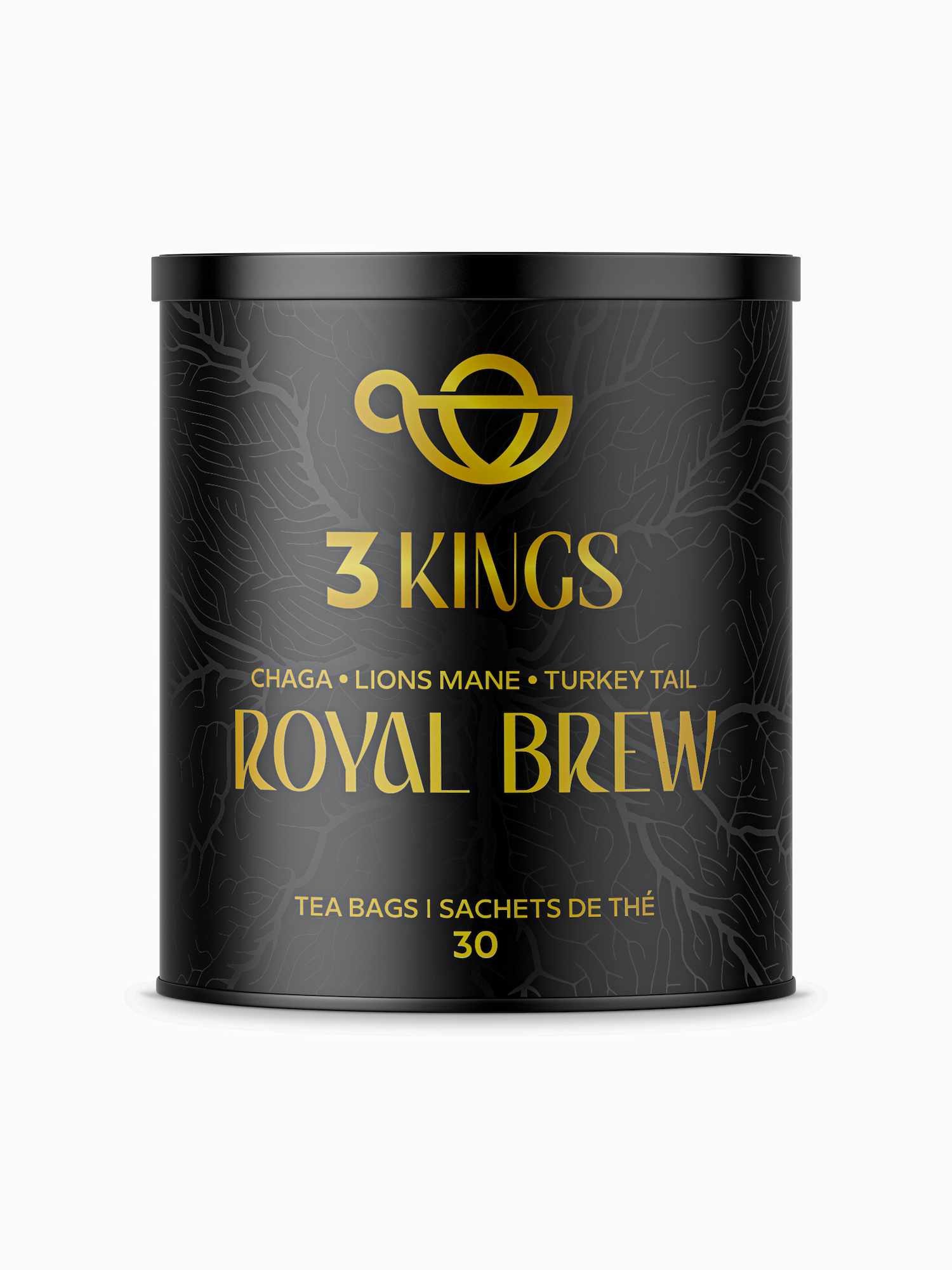it might not be the best option for you.
Joplin also has some interesting standard features. In addition to text, you can add images and attachments, record your note location, and create to-do lists. The note can be encrypted, and the editor can be customized with themes and styles. All the changes are saved automatically as you type. In addition, it supports pretty thorough search functionality and synchronization across devices — and all for free.
However, while these features are useful, they are a little sparse compared to other note-taking apps. There is no feature for making handwritten notes, for example. And while its ability to sync across multiple devices is laudable, it seems a bit complicated, scaring off some users.
Have you considered Notion? It’s more complex, but quite interesting.
Notion is an app that is quickly becoming known for its versatility. As of this writing, I’ve just started to play around with it, but I find it quite intriguing. I’m currently using it to create this article, and I’m appreciating its flexibility.
You start out with a blank page (making it an excellent choice for those who like a clean slate), and from there you can add a variety of content blocks, such as text, bullet and to-do lists, quotes, links to websites, code, multimedia, tables, and databases. The latter two blocks are quite powerful. For example, you can use the table block to create and manipulate spreadsheets, and you can use the database block to create an interactive database. Do you want to create a gallery of images or a list of recipes? Notion’s database makes it easy.
Blocks can be organized into pages or subsections in what Notion calls a “workspace”. You can link from one block to another, creating what the app calls a “knowledge graph” that is searchable.
It also lets you share pages and databases with others, and collaborate with them — one of the features that make it a favorite among teams.
One nice feature is that different blocks can be linked to one another, so that you can have a database block with tables that show related information. You can also “nest” pages and databases within each other, developing sets of related pages.
As I said, Notion is complex and will probably take some time to get used to. However, once you do, it has a lot of potential for a variety of uses.
These are some of the better-known note-taking apps out there. Each has its advantages and disadvantages; the choice of which one to use depends less on the features that are provided, and more on the features you need. If you just want a simple way to keep notes, then an app like Bear Notes or Google Keep might be fine. However, if you want more advanced capabilities — for example, features such as To-do list management, team collaboration, or media storage — then you need to choose something with more options, like Notion, Joplin, or Evernote.
Whatever you pick, make sure that you are comfortable using it and that it serves your purposes. And don’t forget to back it up. A decade’s worth of notes does not deserve to be lost.











